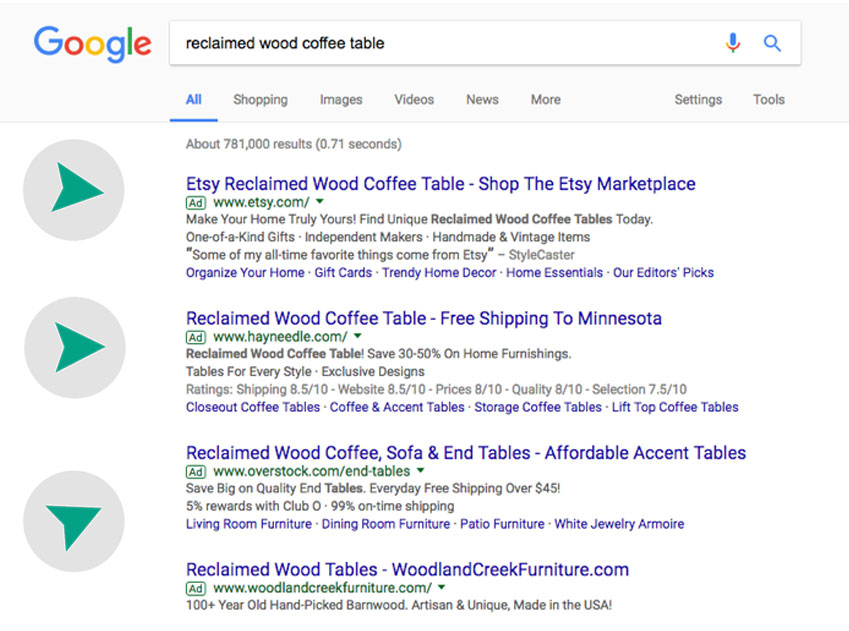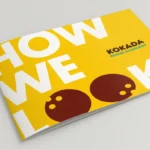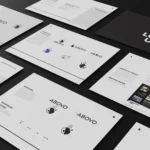GOOGLE ADS: WTF
Google Ads are something you see every day. You probably even saw a couple before you clicked on whatever brought you here. You’re probably curious now. Let’s test it out. Right now, open Google.com. Search for anything that comes to mind. Golf clubs. Shake weights. Fishing gear. Or reclaimed wood coffee table (that’s our choice!). Now, take a look at the first two or three results that appear on your browser. You will see a little box displaying the word ‘ad’ immediately to the left of the URL (it’s probably in green or yellow). You’re looking at a Google Ad – a search result appearing near the top of the search results listing because a company paid for it to do exactly that.

GOOGLE ADS: WHY BRANDS USE THEM
To put it simply, Google Ads, work. If a company wants their website to show up at the top of the results list for searches containing certain relevant words, they can pay to purchase placement based on “keywords.” The concept of “keywords” are similar to gambling. You (the company) choose words you think potential customers are searching that would bring them to your page or expose them to your product. When those keywords are used in a search, the company’s website will be placed at the top of the list in the user’s search results. For example, if you run a reclaimed wood furniture company, some of the keywords you might want to pay for are “reclaimed wood,” “handmade furniture,” “rustic table” or “coffee table.” Conceptually, it is a pretty simple way of getting your website in front of more potential customers. It might seem easy, until your competitor purchases placement for the exact same words you did (those assholes!). The world of Google Ads gets a little trickier when you find yourself dealing with keyword bidding, quality scores, CPC vs CPM and other terms that may not make a lot of sense to you at the moment. That is okay and the reason we are here: To give you the rundown of how Google Ads work without inducing a case of the head-nods.
GOOGLE ADS: PAYING FOR KEYWORDS
If multiple companies offer similar products and brands, there is a good chance they will utilize many of the same keywords as their competitors. This is where bidding comes in. Similar to a live auction (or an enthralling game of poker), the price of an item (keyword) being sold will continue to rise until one bidder outbids the rest, the auction for keywords is the same. If you want your ad to appear, you bid against competitors for the amount that you are willing to spend on each click or impression. For companies using Google Adwords (the most common service for purchasing Google Ads), the average cost-per-click (CPC) is somewhere between one and two dollars on the search network, and typically under one dollar on the display network. It is worth noting the CPC can vary greatly depending on how competitive keywords are for a particular industry. Annual spending on Google Ads can range from a few thousand dollars for a small company, to tens of millions of dollars for the world’s largest retailers. Regardless of company size, you only pay when your ad works, i.e., CPC (when someone clicks on it!). If you’re still confused on how bidding works, this piece offering a more detailed look into bidding, (CPC), cost-per-impression (CPM) and search vs display networks, can hopefully clear the air.
Now that we’ve defined bidding, it’s time to add another layer to Google Ads that will continue to confuse you (but we’ll work through it, together): Your quality score. A quality score is a value between 1 and 10 assigned to your ad based on how relevant or useful it is to a consumer. The more “accurate” (the person found what they were meaning to search for) your Google Ad is to the viewer, the higher your quality score will be. For example, if somebody searches for “reclaimed wood coffee table” and your ad leads them directly to the page of your website where they can see the selection of reclaimed wood coffee tables you offer, your quality score will likely be higher than an ad leading them only to your homepage (or to a page of beef jerky). Once again, quality score is a subject capable of great depth. If you are looking to learn more about quality scores, click-through-rates (CTR), and how you can improve your ad’s quality score, check out our guide, here.
Google Ads are complex. The only way to understand them is to research and read about them (or hire people who know how to use them). A better understanding of what they are and how they work can give your company a digital marketing edge essential in a digital world. If you want to learn more, be sure to check out the linked guides and dig deeper into the details of Google Ads.
Sources:
Wordstream.com. Does Google AdWords Work? Published March 27, 2017. Retrieved from: http://www.wordstream.com/blog/ws/2015/05/12/does-google-adwords-work
Wordstream.com. What are Google Ads & how do they work? Retrieved from: http://www.wordstream.com/google-ads
Wordstresam.com. How Much Does Google AdWords cost? Retrieved from: http://www.wordstream.com/blog/ws/2015/05/21/how-much-does-adwords-cost






